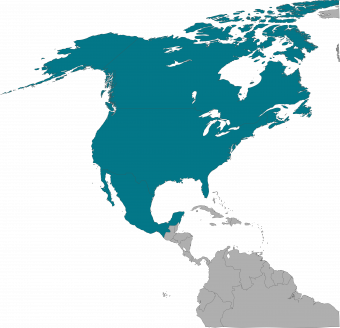North America
Recent Activity
Recent Activity
The writing was on the wall by late 2009, but 2010 confirmed the migration trends glimpsed months earlier in major immigrant-receiving countries: the global recession that began in late 2007 caused migration flows to drop, halting rapid immigrant population growth, and it pushed unemployment levels for some immigrants far higher than those of the native born.
Arizona's simmering frustration with the federal immigration system—which has failed to stop illegal immigration through Arizona's border with Mexico — officially boiled over when the state legislature passed and Governor Jan Brewer signed SB 1070 in April 2010.
There's no getting around the fact that integrating immigrants costs money. That explains why recession-battered European countries, as well as a number of U.S. states, made cuts to programs affecting immigrants in 2009 and again in 2010.
Anyone who expected 2010 would bring comprehensive immigration reform did not account for the Obama administration's priorities of passing health-care reform and improving the economy—essentially the same issues that guided the president in 2009.
Haiti and Pakistan were an unlikely pair until 2010, when horrific natural disasters made it impossible for the world to ignore their devastation.
In 2010, based on changes to the DREAM Act legislation pending in Congress, MPI issued revised total and state-level estimates of the unauthorized youth and young adults who might be eligible for conditional legal status, updating its DREAM vs. Reality fact sheet.
This policy brief examines the legalization debate on both sides of the Atlantic and discusses policy parameters that characterize legalization programs, such as qualifications, requirements, benefits, and program design and implementation.
This policy brief shows that more unauthorized immigrants in the United States have been legalized through population-specific and registry programs than through the 1986 Immigration Reform and Control Act general legalization provisions.





Canada's New Tech Talent Strategy Takes Aim at High-Skilled Immigrants in the United States
Canada’s Tech Talent Strategy is highly unusual for its explicit targeting of visa holders in another country. Opening a dedicated stream specifically for high-skilled immigrants in the United States who hold an H-1B visa is the latest salvo in a growing global competition for talent—one in which some countries are racing ahead of the United States in terms of policy dynamism, as this commentary explores.